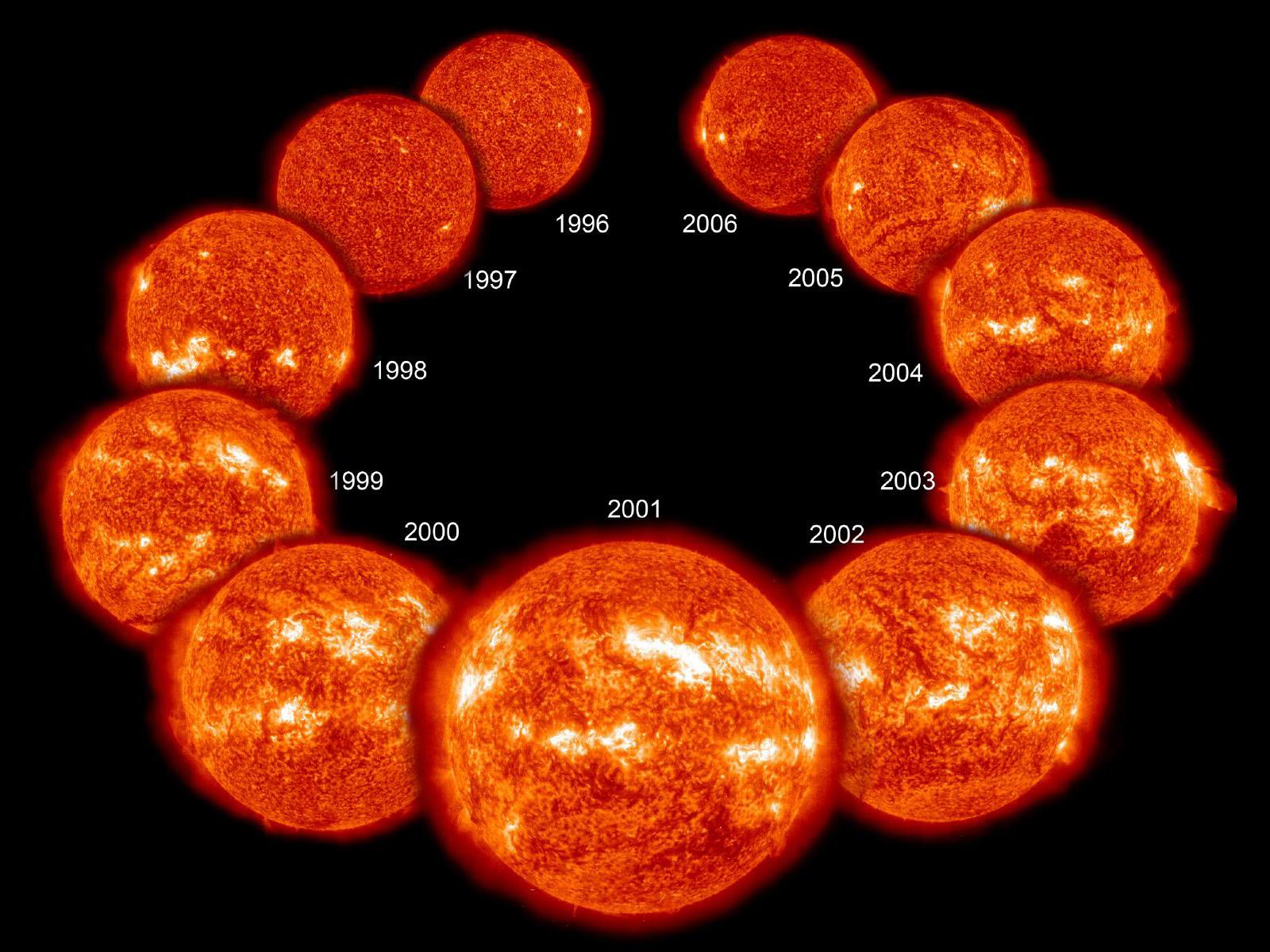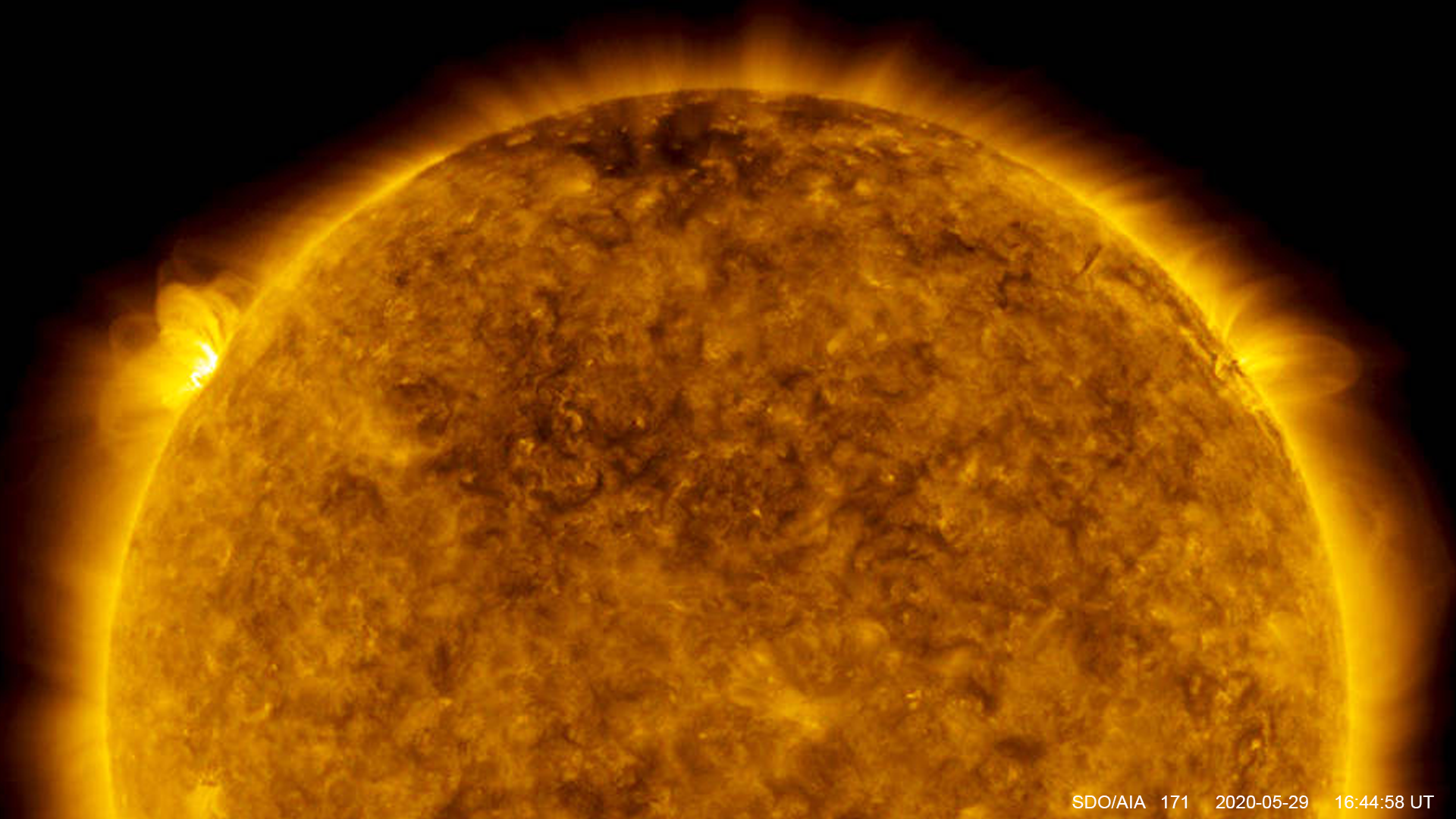Many images come to mind when we think about Space Weather, but did you know that the connection between the Earth and the Sun is not as far out as you might think! Just like we change seasons here on Earth, in space the Sun also goes through it’s own phases.
“It’s a really complicated system that’s got this really complicated magnetic field,” explained Dan Seaton, senior scientist for solar physics in NOAA’s National Centers for Environmental Information. “The sun’s outer atmosphere is about a million degrees. And this drives this really complicated and intense activity that unfolds over a cycle of 11 years.

After taking a “nap” for a few years, the largest object in our solar system is about to get active again by 2025. It’s Space Weather event scientists need to closely monitor for impacts on technological systems.
LEARN MORE ABOUT SOLAR CYCLE 25
“There’s danger to communications on Earth that can be disrupted,” Seaton said. “GPS could be a little less reliable during a Space Weather event, and power grids are actually vulnerable to power surges that could cause blackouts. But we watch the Sun 24 hours a day.”
Fast-forward through 10 years on the Sun in one minute. ⏭ Covering almost an entire solar cycle, these images show how the Sun changes throughout its cycle.
Scientists will discuss solar cycle predictions on Sept. 15. Tune in: https://t.co/v6bb2jScCC pic.twitter.com/Jpkx0sWK7b
— NASA Sun & Space (@NASASun) September 12, 2020
Seaton and many other scientists spend countless hours keeping track of this yellow dwarf star’s activity with the same satellites that we use to watch our weather!
“Any little change in activity, any little uptick in the activity, an outburst like a solar flare which is sort of a huge explosion that happens at the surface of the sun, we watch at the Space Weather Prediction Center,” Seaton said. “NOAA can issue watches and warnings and alerts just like the weather service does to help people be prepared for space weather events.”

Data from NASA missions — like our Solar Dynamics Observatory and the retired RHESSI satellite — is helping scientists study potential connections between solar flares and “sunquakes,” seismic waves on the Sun. More from @UCBerkeley: https://t.co/UMczVuuChr pic.twitter.com/nzmfoQdEjd
— NASA Sun & Space (@NASASun) September 22, 2020
These forecasts are not only important on this planet but for our astonauts exploring other parts of the galaxy.
LEARN MORE ABOUT THE ARTEMIS PROGRAM!
“If you’re an astronaut out there in deep space, you are much more vulnerable to the effects from an outburst from the sun, and you need to have really good reliable information in case you need to take shelter from a big energetic solar flare,” Seaton said.
Scientists study the solar cycle so we can better predict solar activity — critical both on Earth and in space. The Sun’s outbursts can disturb the satellites and communications signals around Earth, or one day, impact #Artemis astronauts exploring distant worlds. pic.twitter.com/M7xhMUnBb4
— NASA Sun & Space (@NASASun) September 15, 2020
Want to learn more about the Sun and it’s cycles? Check out this in depth breakdown by scientists at NASA!








 User Center
User Center My Training Class
My Training Class Feedback
Feedback












Comments
Something to say?
Log in or Sign up for free